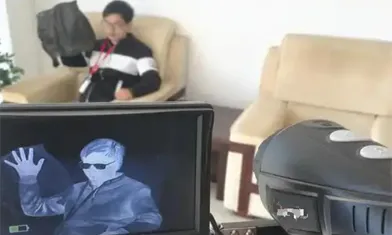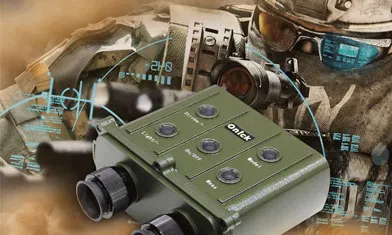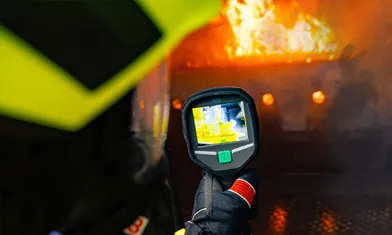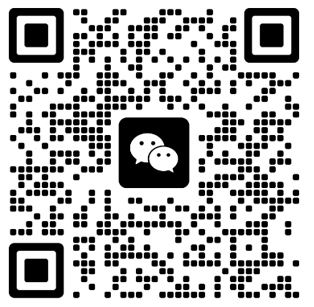Onick LRF200 laser ranging sensor 200 meters
The Onick LRF200 laser distance sensor is a new generation of distance measurement equipment. It is powerful, durable, and designed specifically for the industrial measurement market. It offers high test accuracy and excellent stability.
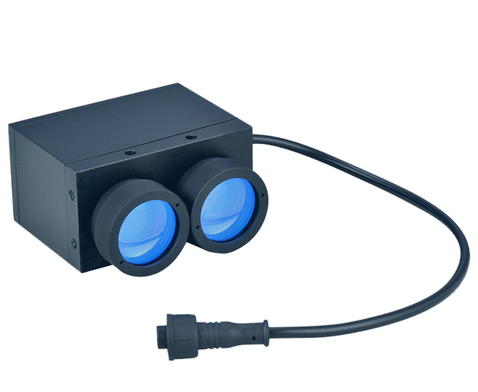
The Onick LRF200 laser rangefinder is widely used in industrial liquid and material level measurement, production line blank positioning, overhead crane XY positioning, large workpiece assembly positioning, geometric metrology of oversized objects, light scattering testing, ultrasonic characteristics testing, military firearms calibration, automatic target range control, safe docking of ships, and container positioning. Its online, continuous detection eliminates the need for manual spotting required by handheld laser rangefinders, enabling unattended continuous monitoring. Position data can also be transmitted to remote monitoring terminals, making it an ideal instrument for industrial automation and intelligent production management.
Product parameters :
category | Typical values | unit | Remark |
Ranging range | 0.5~200 | m | When testing targets with poor reflectivity, the ranging capability will be affected (such as black targets). |
Ranging accuracy | ±0.3 | m | |
Resolution | 0.1 | m | |
Baud rate | 115200 | - | |
Measurement frequency | 200-1000 | Hz | Optional |
Laser wavelength | 905 | nm | |
Divergence angle | <8 | milliradian | |
Input voltage | DC 9-24 | V | |
Power consumption | <2 | W | |
Laser Class | 500 | nj | |
Analog output | 0-5 | V | When the measurement is not possible or is greater than or equal to 200 meters, it is 0V; when it is 0-0.5 meters, it is 5V; every 25mv corresponds to 1 meter. |
Digital output | RS232 | - | See Communication Protocol |
Power supply mode | External power supply | - | |
Dimensions | 59*68*38 | mm | |
Operating temperature | -30 to +60 | ℃ | |
Storage temperature | -40~+70 | ℃ |
3. Communication Protocol
1. Communication interface: RS232
Baud rate: 115200
Data bits: 8
Parity: No parity
Stop bits: 1
2. The output data is in hexadecimal format: DA XXXX XX XX EE; where:
DA is the data header;
the first two data, XX XX, represent the integer digits of the measured data;
the last two data, XX XX, represent the decimal digits of the measured data;
the integer data is a hexadecimal value, such as 0x 00 0x 11 converted to decimal is 17 meters;
The decimal value of the hexadecimal digit is converted to a decimal value and divided by 65536 to get the decimal value. For example, 0x 12 0x 34 is converted to decimal as 4660, 4660/65536=0.071, so the decimal is 0.071
. EE is the data tail.
When the distance is between 0-0.5 meters, the output is DA 00 00 00 00 EE
When the distance cannot be measured, the output is DA99 99 99 99 EE
